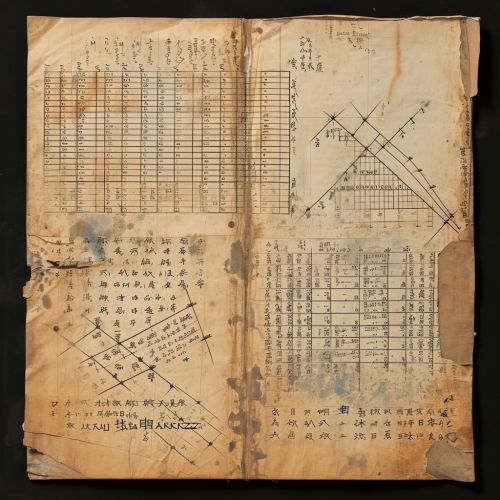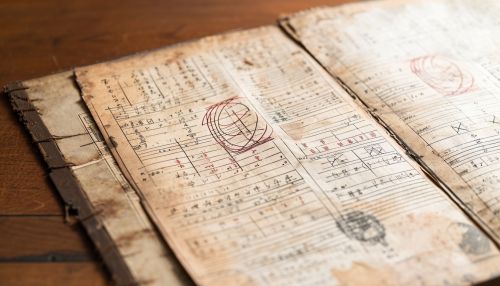Seki Takakazu
Early Life
Seki Takakazu, also known as Seki Kōwa, was born in March 1642 in the province of Harima Province, which is now part of Hyōgo Prefecture in Japan. Seki's family was of low social status, and little is known about his early life. He was adopted by the Seki family, who were samurai, and it was from them that he took his surname.


Education and Career
Seki's education was mostly self-taught, and he showed an early interest in mathematics. He is known to have studied the works of the Chinese mathematician Cheng Dawei, whose work 'Suanfa Tongzong' was the most comprehensive Chinese work on mathematics at the time.
Seki's work in mathematics began to be recognized in the 1670s, and he was appointed as a mathematics tutor to the family of the shogun in 1674. He held this position until his death in 1708.
Contributions to Mathematics
Seki made significant contributions to several areas of mathematics. He is best known for his work in algebra, where he developed a method for solving higher-degree equations that was similar to the method later developed by the French mathematician Étienne Bézout.
Seki also made important contributions to the field of calculus. He developed a method for finding the area under a curve, which is a fundamental concept in integral calculus. This method was similar to the one later developed by the English mathematician Isaac Newton and the German mathematician Gottfried Wilhelm Leibniz.


Legacy
Seki's work had a profound impact on the development of mathematics in Japan. His methods were taught in schools throughout the country, and his ideas influenced generations of Japanese mathematicians. His work also had an impact outside of Japan, as his methods for solving equations and finding the area under a curve were independently discovered in Europe.
Seki's legacy continues to be felt today. His methods are still taught in schools, and his contributions to mathematics are recognized worldwide.
